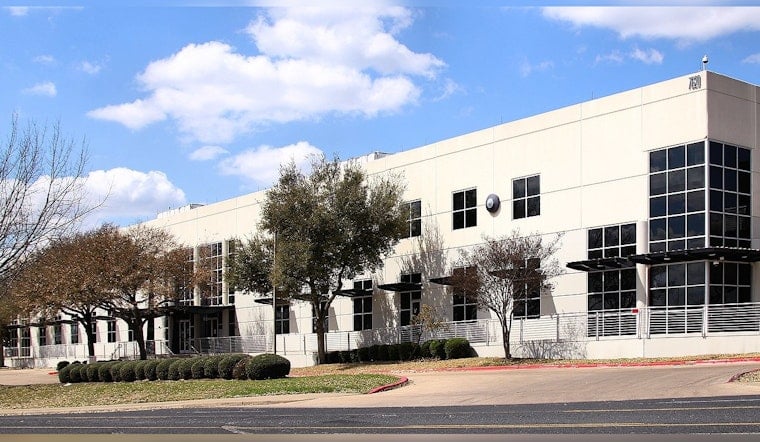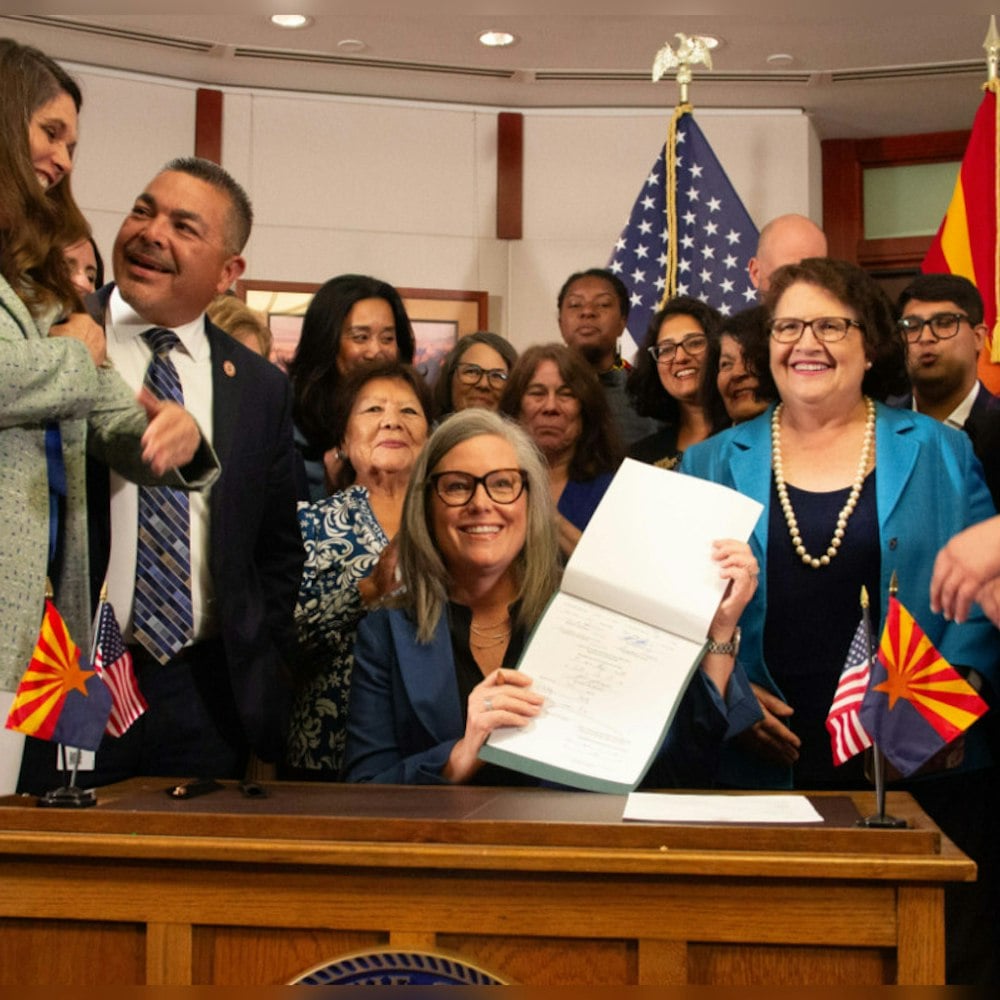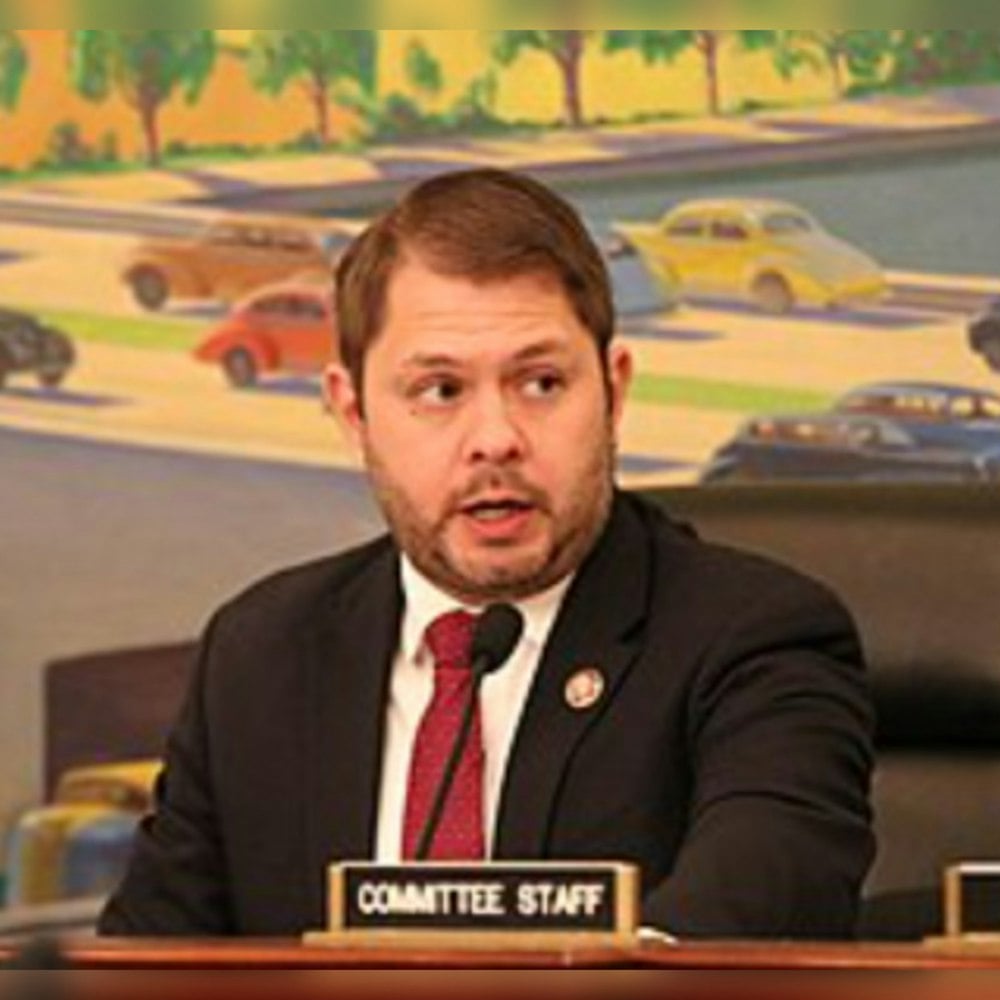
As Texas powers through a period of significant economic growth and population boom, the is under pressure to revamp the state's energy systems to keep pace with escalating demands. ERCOT, which commands the electricity grid catering to some 90% of Texas' demand, has kicked off a "New Era of Planning" aimed at reshaping energy generation and transmission to cater to the burgeoning state, as FOX San Antonio reported.
The council has pumped its projected 2030 demand by an additional 40,000 megawatts, a testament to the growing pressures within the energy domain. ERCOT's President and CEO, Pablo Vegas, asserted that Texas has the ingredients for a swift response. "The tools and the parts are all here for us to be able to respond quickly. We have all the resource capabilities to do that in ERCOT," Vegas said in a statement obtained by FOX San Antonio during the council's board meeting on Tuesday. Signaling a heightened urgency, the Texas legislature is eyeing investments to fortify the state's power infrastructure further, with Lieutenant Governor Dan Patrick charging the Senate with the exploration of various energy facets.
Amid these developments, ERCOT CEO Pablo Vegas has made assurances that the Texas grid is ready to handle the spike in electricity demand, poised to vault by nearly 78% to 152 gigawatts by 2030. Speaking at an ERCOT board meeting, Vegas cited the influx of artificial intelligence, data centers, and cryptocurrency mining among key drivers for the surge. "Given that reality, we are the best market in the country to react to that kind of growth. We have the ability in ERCOT to connect dispatchable resources faster than any place else in the country," Vegas told The Houston Chronicle. Dispatchable resources, Vegas explains, include those that can be modulated on demand, unlike their renewable counterparts that rely on weather patterns.
According to Vegas, while demand scales rapidly, ERCOT anticipates a growth in supply with 346 gigawatts of generation resources in development, including a hefty portion for solar and battery storage. Reviewing the Texas Energy Fund, which supports the development of dispatchable resources barring battery storage with a $10 billion fund, has revealed that interest in connecting natural gas plants to the ERCOT grid has doubled in the past year. Despite these advancements, a key difficulty is that new power supplies tend to be located far from urban demand centers requiring additional transmission lines—a process Vegas mentions could take three to six years, in stark contrast to the faster timelines for adding power supply or demand.
Energy experts are weighing in on the implications of these forecasts. Doug Lewin, president of Stoic Energy Consulting, commended the ERCOT leadership for recognizing the pressing requirement for additional transmission, particularly in South Texas, rich with wind farms and other energy resources. "The biggest near-term reliability problem we have is because of the lack of transmission from South Texas. We very well could have outages this summer; we almost had them on Sept. 6," Lewin said, alluding to last year's grid emergency in a quote provided to The Houston Chronicle. While conceding that not all projected demand may materialize, Lewin wouldn't be stunned to see demand levels of 150 gigawatts within a decade, should state leadership continue fostering an environment conducive to energy-intensive industries.









